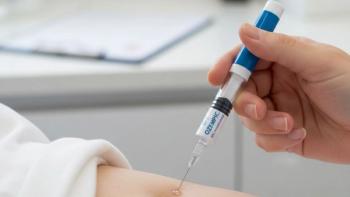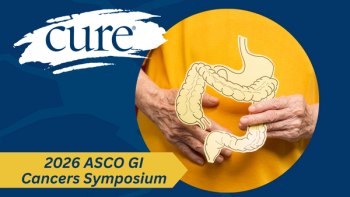More CURE® coverage of the chemotherapy shortage:
Drug Shortages Continue to Be a ‘Serious Problem’ in Oncology
CURE® spoke with the director of oncology pharmacy at Massachusetts General Hospital about recent cancer drug shortages that have been making headlines.
Drug shortages are, unfortunately, not new to the world of oncology. The decreased supply of the chemotherapy drugs cisplatin and carboplatin in recent months has been particularly concerning, highlighting the need for more awareness of this issue, explained Corey McEwen, the director of oncology pharmacy services at Massachusetts General Hospital in Boston.
“I think getting a more realization of that this is really impacting patient care, hopefully can send a better message or get more awareness to how serious this problem is,” McEwen said in an interview with CURE®. “I do think there needs to be some form of legislation federally (regarding) how we're going to manage this and how are we going to prevent it in the future, and that's not easy. Obviously, that's a very complex issue with a lot of different potential root causes. But I think there has to be some effort in pinpointing as far upstream as we can, where the issues arise.”
McEwen explained that most of these chemotherapy agents are produced outside of the United States, with the Food and Drug Administration (FDA) approving certain manufacturers to produce the drugs for use in America. However, there is no requirement for the manufacturers to be transparent about which drugs are in or at risk to be in shortage.
“So we’re often in a very reactive state. It’s tough to be proactive,” he said, outlining that when one or more approved facilities stop making a drug, it could potentially have a major impact on the availability.
While one cannot say for sure why a manufacturer would stop producing certain chemotherapy agents, some believe that profit margins play a role, according to McEwen.
When a pharmaceutical company has a patent on a drug, they are the only entity that can manufacturer, sell and profit from that particular therapy. However, according to the FDA, the term of a new patent is currently 20 years, meaning that after two decades, other pharmaceutical companies can make the drug and the profit margin for the product tends to go down.
“Obviously we can’t speak directly to why (certain manufacturers) are pulling out of that space, but I think the assumption that is generally accepted is that the (profit) margins for the manufacturer to produce those drugs are decreasing. And if the product is no longer something that they think is a valuable product to manufacture, they might pull out of that space.”
The typical route of drugs, primarily made by manufacturers, then go to wholesalers, health care institutions and then patients. Also, like other aspects of the market, when there is a decreased supply and an increased demand, there is potential for price to increase, adding to an already-expensive oncology drug market.
“The general trend across all oncology, regardless of whether a drug is on shortage, yes, drugs are getting more and more expensive. We're seeing some ultra-high-cost drugs come through,” McEwen said. “But on the shortage side of things as well, we've seen (instances) where it’s essentially a markup that's, I guess from our perspective, very much unreasonable — and you could probably make an argument not ethical. But at the time and in the moment, we're really forced to do what we have to do to get the product on hand that we need.”
McEwen explained that oftentimes at Massachusetts General, if a drug in shortage experiences a significant increase in price, the institution will take on the financial responsibility of the increase. However, he is not sure if that is the case with all other cancer treatment centers — especially for those with more limited resources.
Ultimately, while supplies for carboplatin and cisplatin have improved in recent months, McEwen and his team are constantly monitoring drug supplies.
“There’s probably upwards of 40 or so different medications that we’re keeping a very close eye on,” he said, nothing that he analyzes prescription amounts in the last three or six months to gauge how much of a drug may be needed in months to come. “Right now, we’re in an OK spot, but things certainly change very quickly, so we’re constantly monitoring these drugs on a weekly — if not more frequent — basis.”
For more news on cancer updates, research and education, don’t forget to





